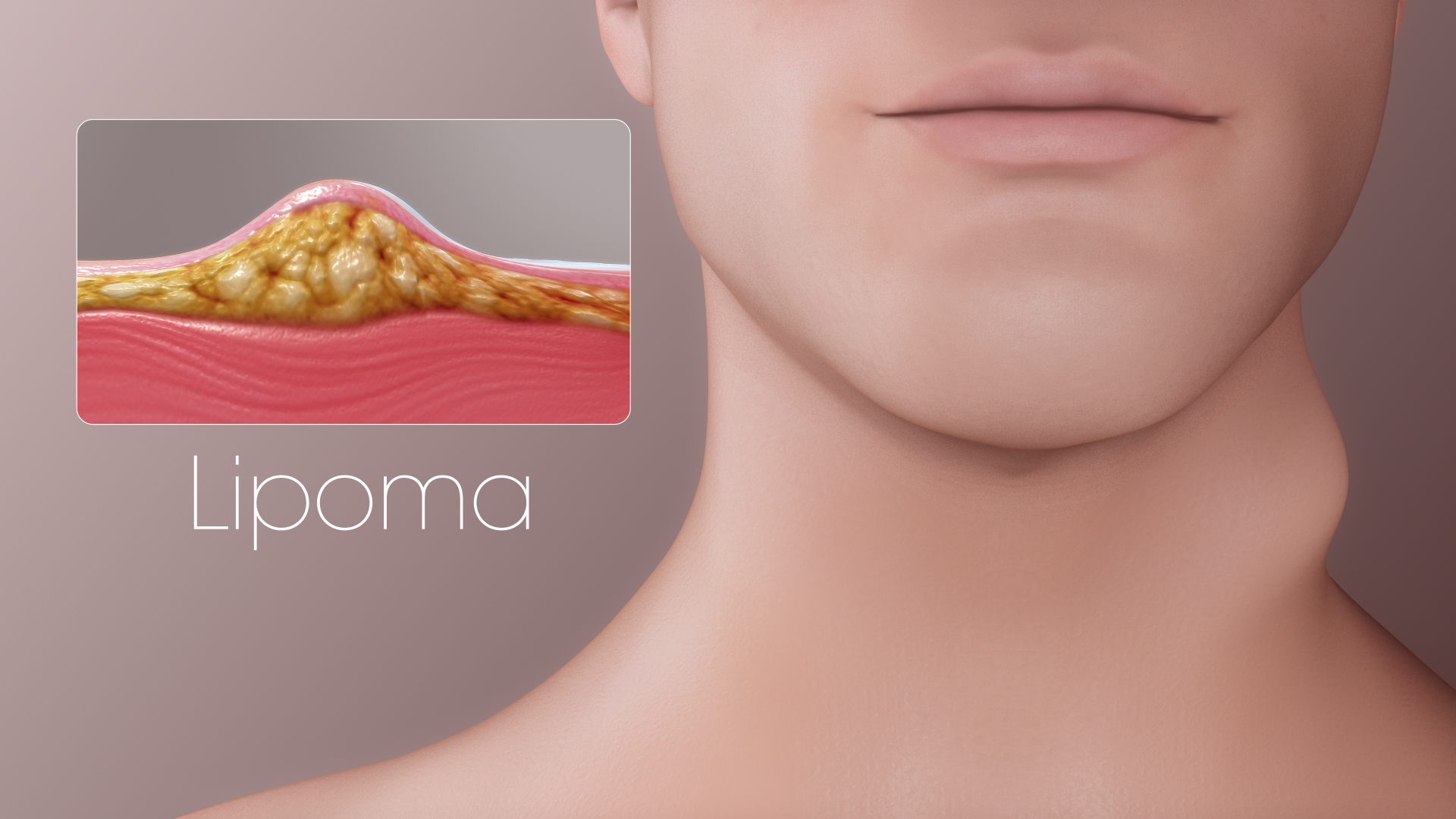
A lipoma is a slow-growing, benign, adipose tumor, often found in the subcutaneous tissues. Lipomas may also occur in deeper tissues such as the intermuscular septa, the abdominal organs, the oral cavity, the internal auditory canal, the cerebellopontine angle and the thorax or any part of the body where there are fat cells. However, they are mostly asymptomatic, unless they press on a nerve causing pain, or rarely develop in the gut wall leading to blockage.
Several factors may increase your risk of developing a lipoma, including:
- Middle age
Lipomas are most common in the age group of 40 to 60, and typically rare in children.
- Other disorders
People with Dercum’s disease (painful lumps on the trunk, shoulders, arms and legs), Cowden syndrome (hamartomas present in the skin, mucous membranes, thyroid gland, and breast tissue) and Gardner's syndrome (intestinal polyposis, cysts and osteomas), have an intensified risk of developing multiple lipomas.
- Genetics
There is an uncommon autosomal dominant condition called familial multiple lipoma in which groups of fat cells occur under the skin and then produce multiple symmetrical lumps. This runs in families.
Treatment for a lipoma usually isn’t necessarily unless it starts to bother. It is usually carried out in the following ways:
- Surgery
Most lipomas are extracted surgically. The side effects are scars and bruises which may possibly remain. Recurrences are not common.
- Liposuction
Since lipomas are fat-based, this procedure can work well to reduce its size. A needle and large syringe is used to remove the fatty tissue.
- Steroid injections
Steroid injections may also be used right on the affected area. Their use before the surgery is being studied. This treatment shrinks the size of lipoma but usually doesn't remove it. The reduced lump can then be removed by surgery.
A cancerous, fatty tumor is termed as liposarcoma. Liposarcomas grow rapidly and are usually painful. There is a very little chance that a lipoma turns out to be a malignant liposarcoma and the suspected lump is examined through a biopsy, MRI or CT scan.
How do Wounds Heal?
Phases of would healing are made up of following substages: Read More..
Is Cell-based Immunotherapy a realistic prospect to treat Cancer?
Cytotoxic Killer T cells have the primary function to patrol our body against pathogens and infections. They are programmed to identify and destroy cancerous cells. Read More..








